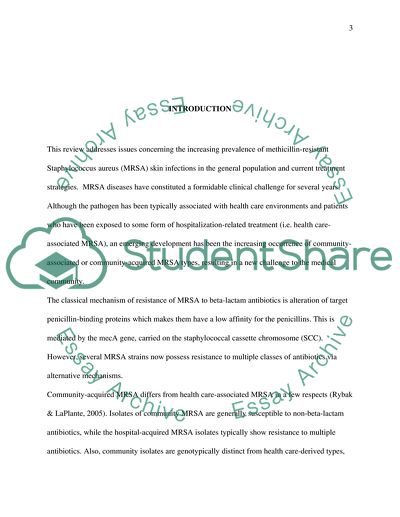Cite this document
(The Increasing Prevalence of MRSA Skin Infections in the General Popul Case Study, n.d.)
The Increasing Prevalence of MRSA Skin Infections in the General Popul Case Study. Retrieved from https://studentshare.org/health-sciences-medicine/1706699-the-increasing-prevalence-of-mrsa-skin-infections-in-the-general-population-and-current-treatment-strategies
The Increasing Prevalence of MRSA Skin Infections in the General Popul Case Study. Retrieved from https://studentshare.org/health-sciences-medicine/1706699-the-increasing-prevalence-of-mrsa-skin-infections-in-the-general-population-and-current-treatment-strategies
(The Increasing Prevalence of MRSA Skin Infections in the General Popul Case Study)
The Increasing Prevalence of MRSA Skin Infections in the General Popul Case Study. https://studentshare.org/health-sciences-medicine/1706699-the-increasing-prevalence-of-mrsa-skin-infections-in-the-general-population-and-current-treatment-strategies.
The Increasing Prevalence of MRSA Skin Infections in the General Popul Case Study. https://studentshare.org/health-sciences-medicine/1706699-the-increasing-prevalence-of-mrsa-skin-infections-in-the-general-population-and-current-treatment-strategies.
“The Increasing Prevalence of MRSA Skin Infections in the General Popul Case Study”, n.d. https://studentshare.org/health-sciences-medicine/1706699-the-increasing-prevalence-of-mrsa-skin-infections-in-the-general-population-and-current-treatment-strategies.


